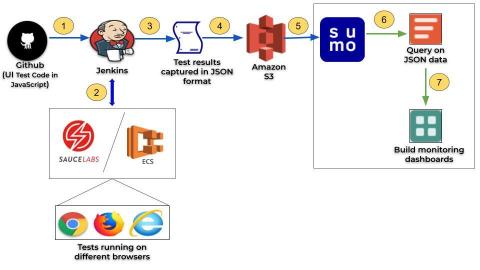Software visibility is the key to innovation
Software is eating the world. How we spend time, what we eat, who we meet, how we communicate, where we travel... is defined by the code. Increasingly, software is calling the shots and telling humans what to do. With deep learning, this trend is just going to accelerate. The most powerful companies that used to rule the world with professional, skilled executives are becoming incumbents getting disrupted.







